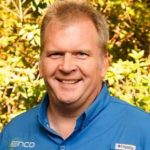
David Meints of Meinco Wastewater Inc. in Alexander, Arkansas was looking for a personal and professional challenge. The veteran onsite wastewater professional of 22 years decided to go back to school and do a Masters degree at the University of Arkansas. He wanted his research to result in new useful information that industry and government could apply. He hoped his work would provide technical justification for the use of alternative onsite wastewater treatment designs for challenging sites.
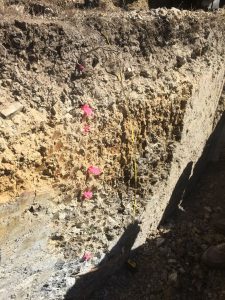
Treated Effluent Hypothesis
Meints hypothesized that using pre-treated wastewater could potentially allow the use of a reduced absorption area and provide better environmental protection on properties with challenging conditions such as fine-grained soil and shallow depths to groundwater table.
A reduced absorption area was constructed which receives secondary treated effluent from an Orenco Advantex treatment unit servicing an existing residence in Little Rock, Arkansas. The four shallow gravel absorption trenches were constructed one above the other on a gently sloping area of the property. To test Meints’ hypothesis, the absorption area is hydraulically loaded at double the rate required for primary treated effluent.
Need More Data
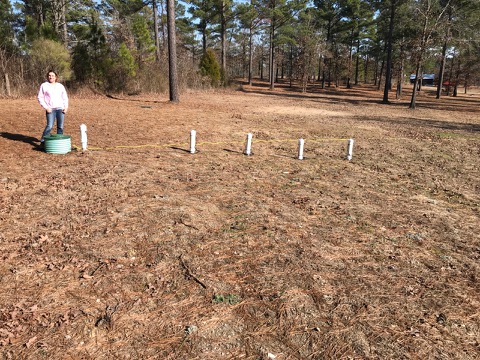
Wastewater flows are being recorded at regular intervals. Meints had been making bi-weekly trips to the site for the past year to measure effluent ponding levels in the four gravel absorption trenches. He had also been monitoring shallow groundwater levels in an observation well which is located approximately 5 feet upslope of the absorption area.
Meints knew that the groundwater table and trench effluent levels would spike up whenever it rained, but with only one set of datapoints every two weeks, he didn’t have a complete picture of what was going on in the trenches between site visits.
Says Meints: “I also suspected there was groundwater infiltration getting into the system, but I was unable to confirm this because there just wasn’t enough data.”
Remote Monitoring System Provides Unexpected Insights
Meints decided to test out a SepticSitter™ remote monitoring system at the site. He installed the specially designed ultrasonic sensors in each of the four drainfield inspection ports and the shallow groundwater observation well. The system automatically records liquid level and temperature readings every ten minutes, and periodically uploads the data to the Cloud where it can be viewed using the SepticSitter web application from any smartphone or computer.
A few days after the SepticSitter system was installed, Meints watched the levels on his iPhone while the site experienced heavy rain for eight hours. “Now watch” said Meints in a text message, “…things are about to get real interesting.” With a continuous profile of effluent and groundwater levels being output from the sensors, a clear picture of what was happening underground soon emerged.
The data confirmed what he suspected about groundwater infiltration but couldn’t prove based on his limited site visits. When it rains, groundwater levels rise sharply, and the levels in the trenches spike up and then down about every half hour, indicating the pump was coming on much more frequently than normal.
There were also some revelations that surprised Meints. “I wasn’t aware of the role that the seasonal water table played, just how impactful it was on drainfield levels. Now as a result of all the SepticSitter data, I can see that when the groundwater levels go up, the effluent levels in all the trenches go up, and when the groundwater level goes down, they all go down, at a similar rate too. I wasn’t expecting things to be so ‘symmetrical’. It’s probably not going to be like that at all sites and in all soil textures. But once you have these kinds of insights, we are going to be able to design better onsite systems.”
Dr. Kristofor Brye is Meints’ Advisor and Dr. Larry West is on his advisory committee. Meints’s research will continue for several more months after which he hopes to be able to conclude if a reduced absorption area utilizing secondary treated effluent is feasible. “Right now, most septic system designs are based on textbook theories.” he says. “It’s a whole different thing when you have real world data and you can see the levels rise and fall in real time.”
“Simple to Install and Set Up”
While this particular SepticSitter installation is primarily for research, Meints seems plenty of other applications for the technology at his existing and future customer sites. “I’m not that tech savvy, so initially I was concerned that the installation and setup would be challenging. But it was actually very simple! It was harder to set up my iPhone than it was to set up the SepticSitter system.“, Meints jokes.
He says “The Web App makes it very easy to understand what’s going on with the septic system from my phone or computer. Everyone I have shown this to has been totally impressed.”
Do you have any comments on this preliminary data from Meints’s research or suggested topics for future research? Please share them in the comments below.
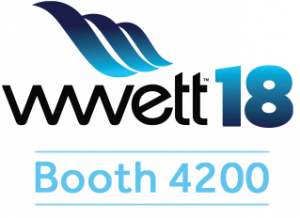
If you will be attending the WWETT Show in Indianapolis this week, please drop by Anua’s Booth 4200 where I will be hanging out and demoing SepticSitter. I’d love to hear your thoughts on David’s preliminary data in person. You can track me down on my cell at 902-940-0616.
Cheers,
Kelly Galloway
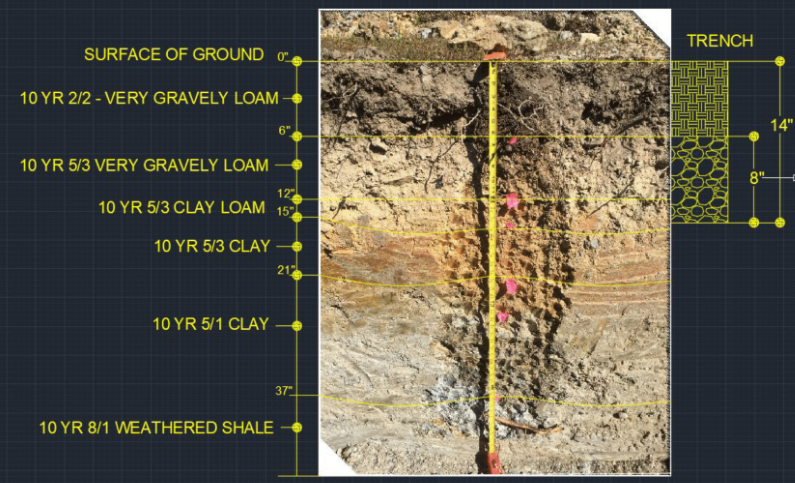
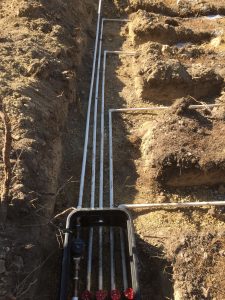
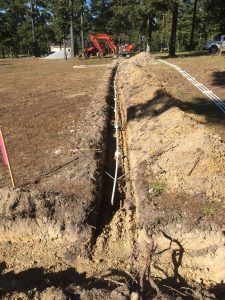
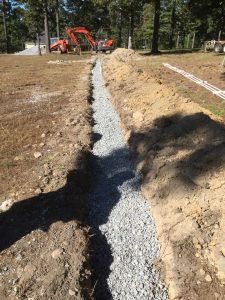

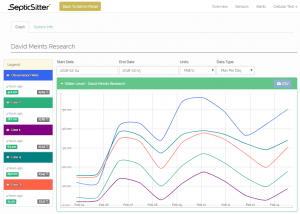
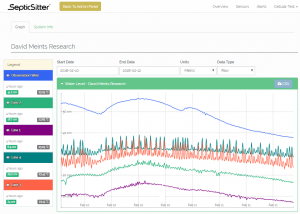
Comment